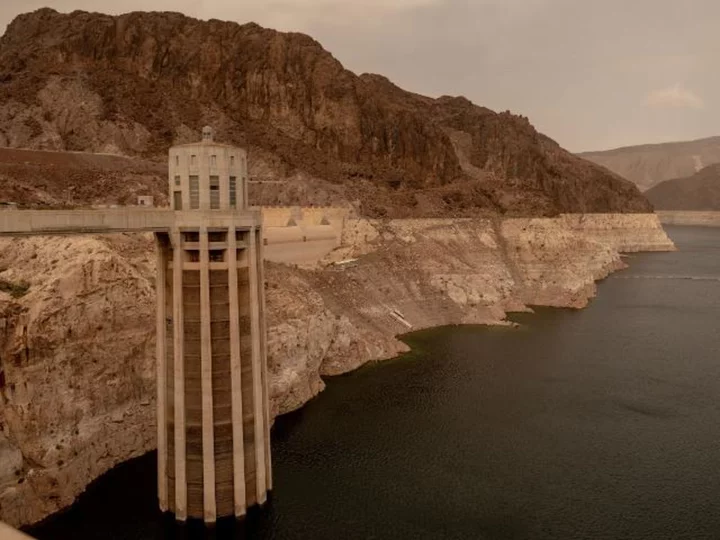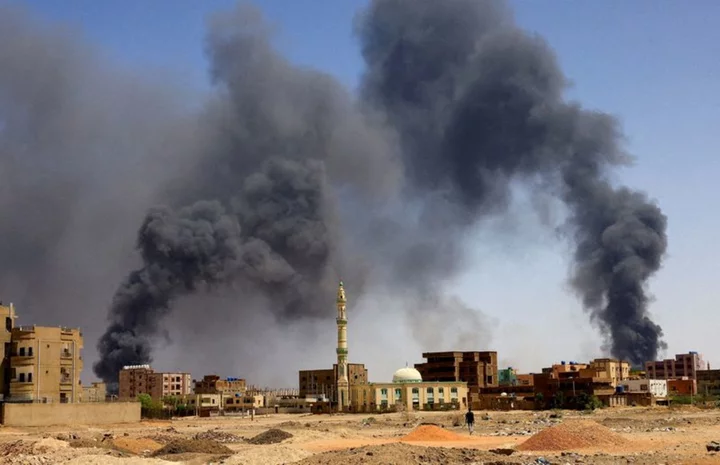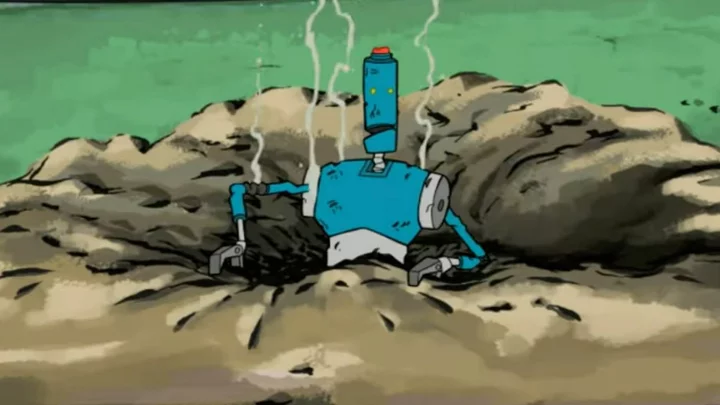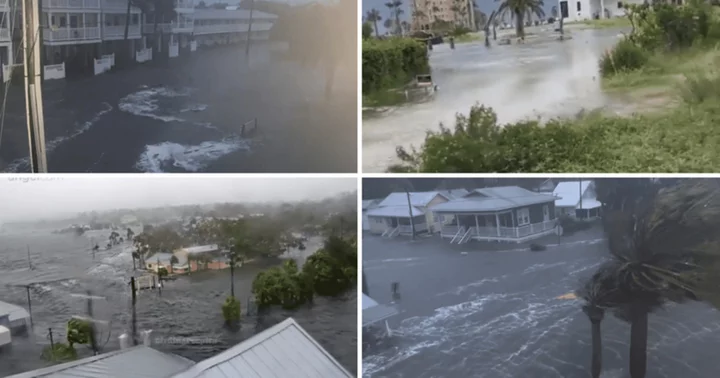As the Biden administration kicks off a years-long negotiation process to divvy up the shrinking water supply of the Colorado River, there are finally some signs of optimism after several bleak years.
A record-breaking winter snowpack last year halted a precipitous downward spiral on the river and raised water levels at the nation's two largest reservoirs, Lakes Mead and Powell.
But something else is also at play this year -- farmers, cities and Native tribes are simply using less.
Arizona, California and Nevada's usage of Colorado River water has hit new lows, state officials and US Bureau of Reclamation Commissioner Camille Calimlim Touton told CNN in an interview.
"The record conservation is already seeing its impact within the reservoirs," Touton said. "It's easy to see our success within the levels of the reservoirs we manage." Lake Powell has risen 52 feet since hitting a low point in February of this year, while Mead has risen nearly 23 feet since November.
Part of the reason is last winter's blockbuster precipitation, which helped replenish levels in reservoirs across the West.
In California, southern cities like Los Angeles that are normally more dependent on Colorado River water have been able to pull more from its own refilled reservoirs like Lake Oroville.
"We're not the only one, everyone is really backing off a lot," said Bill Hasencamp, the manager of Colorado River Resources for the Metropolitan Water District of Southern California, which serves Los Angeles. "It really surprised me, frankly."
Hasencamp told CNN the three lower-basin states have only used 5.8 million acre-feet this year of the 7.5 million acre-feet they are allotted annually.
"We're pretty much at a sustainable level," Hasencamp said. "It really gives hope for the future. Despite it being a wet winter, we're going to do everything we can to reduce use and work with the feds."
With a crisis on the river avoided for now, states and the federal government are turning their attention to the future.
On Thursday, the US Bureau of Reclamation released a report detailing the factors it will consider when negotiating with states, tribes and other water users over exactly how much water the river can provide to the ever-growing West in the coming decades.
High on that list is how the climate crisis and warming temperatures are impacting the entire basin, Touton told CNN.
"The last 23 years have been the driest on record for the history of the Colorado River system," Touton said. Federal, state and tribal officials "need to be able to take into account" it is "increasingly likely that it might be drier" when making plans for how much water will be used in the future.
Basin states and tribes have already begun meeting privately to sketch out that future, but the process will take two years.
At stake are thorny issues, including the "law of the river," which protects the priority water rights of California farmers and Native tribes, giving them first dibs on water over growing cities like Los Angeles, Phoenix and Las Vegas. And some states have called for a harder look at water-intensive agriculture, including irrigation of alfalfa for livestock feed.
Touton told CNN a solution will require all states and tribes to work together, and added she is "confident" in the "partnership" the federal government has with basin states and tribes to ensure reservoir levels at Mead and Powells will not crater again.
"Inaction is not an option," Touton said. "I am committed, along with the Biden Harris administration, to ensure we have a sustainable river not just for tomorrow, but a sustainable river into the future."









